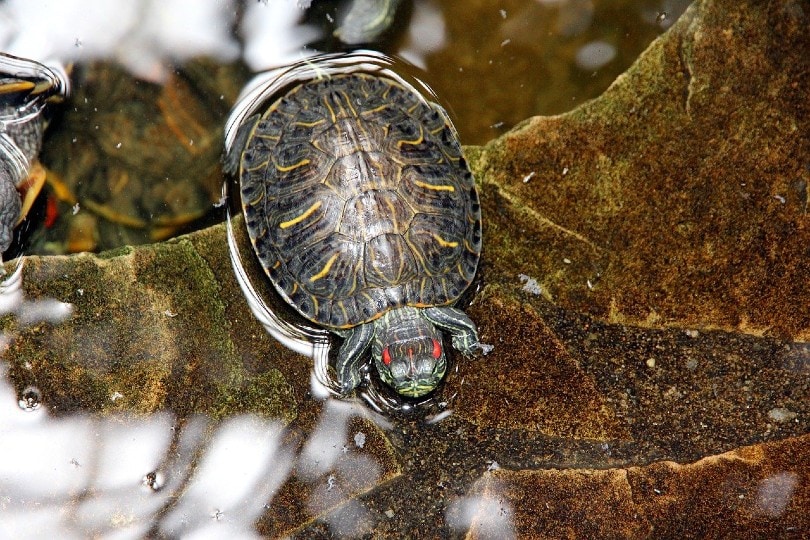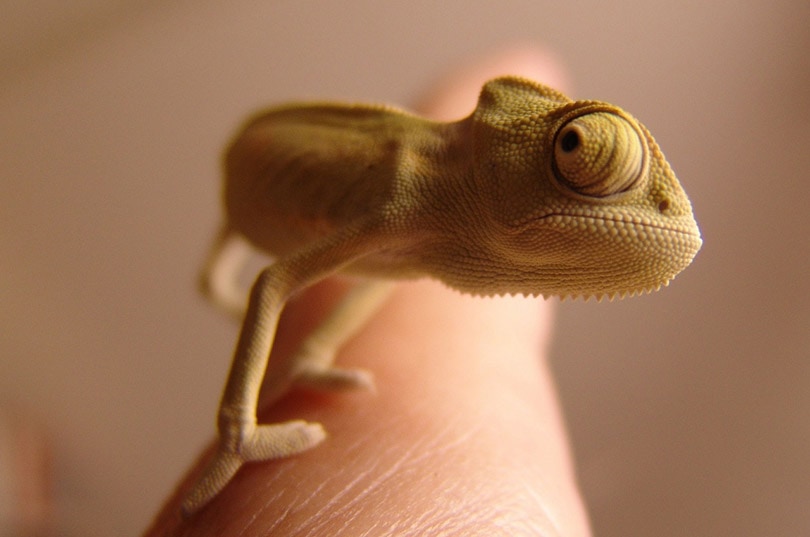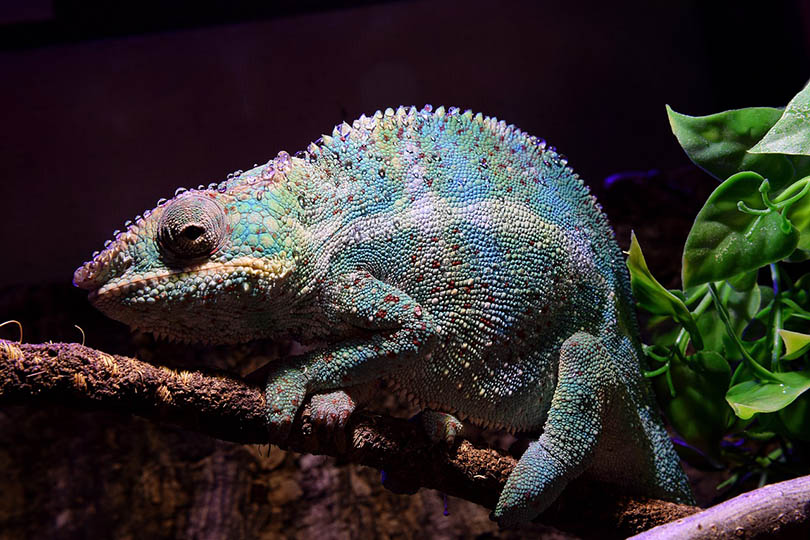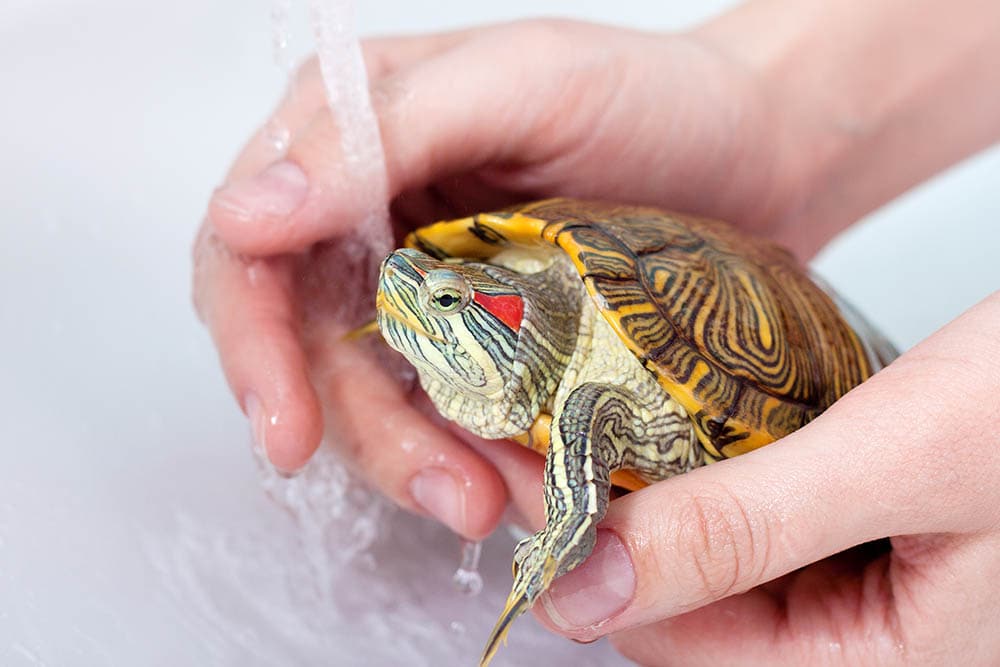
Click to Skip Ahead
Turtles are beautiful creatures, but it can be tough to determine what their gender is. After all, turtles have large shells that cover their genitals. So, you cannot typically look at a turtle and know what sex they are right away, like you could a cat or a dog. Luckily, there are a few telltale signs that you can look for to determine whether a red eared slider turtle is a male or a female. Interestingly, male red eared sliders are smaller and lighter than females.
Visual Differences

At a Glance
Breeders Should Know the Sex
The way that a turtle’s sex is determined is fascinating. Turtles become male when incubating in eggs that are in cooler temperatures. Turtles that become female incubate in eggs that are in warmer temperatures. People who breed red eared slider turtles should be able to tell you the gender of any turtles born under their care because they will have known the temperatures in which they were incubating. So, if you are buying one of these turtles from a breeder, you should be able to find out their sex immediately, without having to look for signs yourself.

Maturity Is a Must
If you are not buying a turtle from a breeder who can tell you the sex, you will have to do a little detective work. Turtles go through many changes while growing up from babies into adults, which can make trying to determine their sex confusing until they are fully mature.
Male red eared slider turtles reach maturity between 2 and 5 years old, when they are about 6-9 inches long. Female turtles reach maturity between 5 and 7 years of age, when they are about 8-12 inches long. So, you may have to wait a while to determine your turtle’s sex depending on their age now.
The Shell
Once a red eared slider turtle reaches maturity, their shell may provide the clues that you need to determine their sex. Fully grown female red eared slider turtles have larger shells than males, so if you have multiple turtles to compare to each other, their shell size could help you identify their sex. Also, the bottom of their shells can provide sex clues. The bottom of the shell of a male is concave, while a female’s shell is flat. The idea is for males to be able to mount their female partners for easy reproduction when the time comes.

The Tail
The tail is usually an easy indicator of sex when these turtles become mature. Female red eared slider turtles have short, skinny tails. Males have longer, thicker tails. The tail vent is positioned closer to the end on males than on females. The tail size difference is not dramatic, so multiple turtles should be compared when using this sex identity method. However, an expert in your area might be able to tell your turtle’s sex based on their tail without comparing it to others.
Claw Length
Simply put, male red eared slider turtles have much longer nails than females on their front feet. The reason for this is for mating purposes. Males use their long claws to get the attention of females by scratching their shells. They also use their claws to hold on to the upper shell of a female when mounting them to reproduce.

- Related Read: How To Trim Turtle Nails
Markings
As red eared slider turtles age, their green shells with yellow streaking start to darken up. Some turn so dark that they look charcoal or black, overwhelming their yellow streaks. This dark color tends to indicate males, as females do not usually turn so dark that their yellow streaking disappears.
In Conclusion
There are a few interesting ways to determine a red eared slider turtle’s sex, but the turtle’s maturity is a necessity before trying them. The easiest way to tell the sex of one of these turtles is to find out from the person who bred it. But this is not always possible, so hopefully, the suggestions offered here will come in handy for you. Do you have any recommendations to share? Feel free to post them in our comments section below.
See also:
- Turtle vs. Tortoise: What’s the Difference? (With Pictures)
- How to Tell If a Turtle Is Male or Female: 7 Expert Tips
Featured Image Credit: Male – Piqsels; Female – MrLebies, Pixabay







